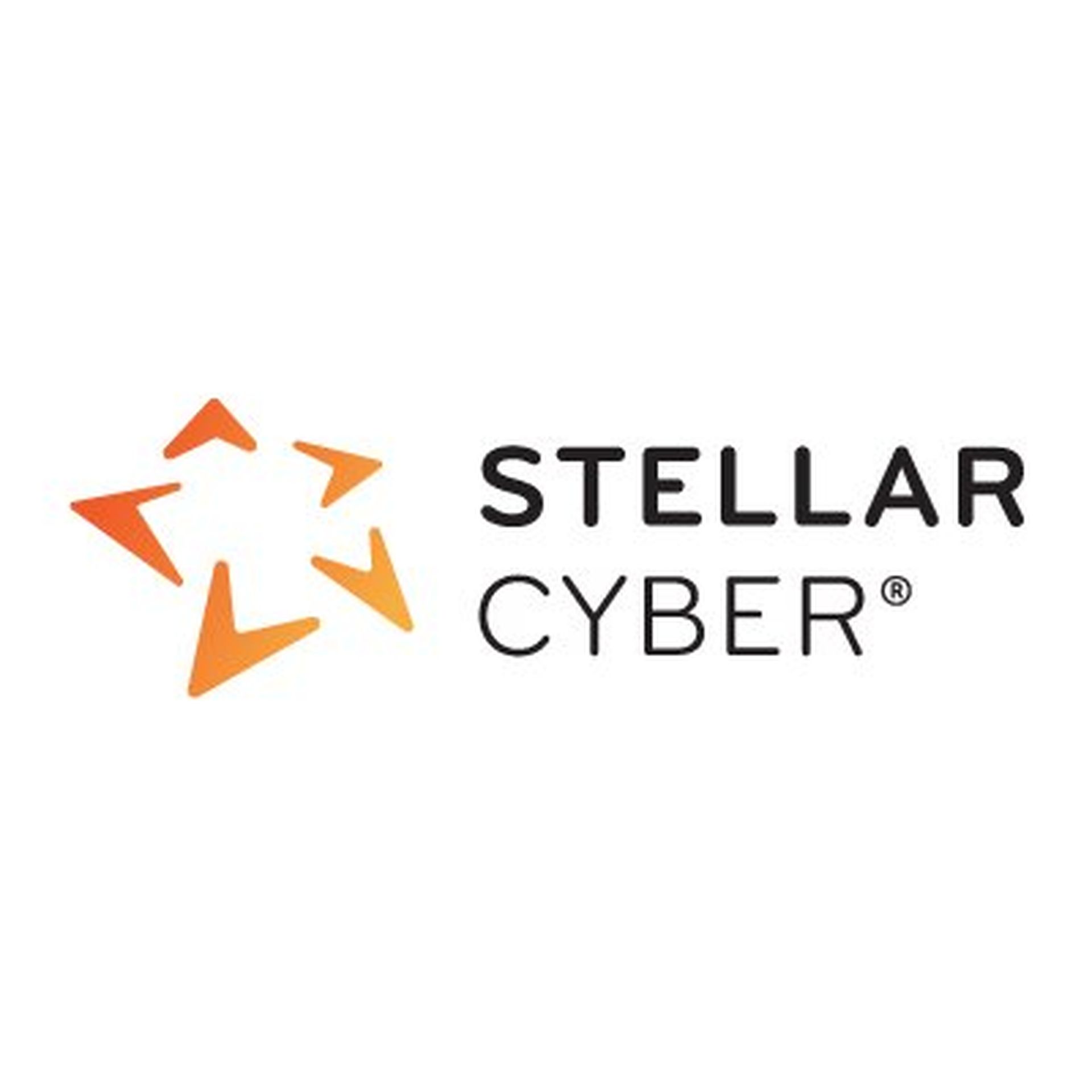As I wrote a couple of weeks ago, it is evident that the long-anticipated consolidation of security products and vendors is well underway. With significant market players Exabeam and LogRyhthm merging, Splunk now officially under the umbrella of Cisco, and Palo Alto Networks scooping up IBM QRadar SIEM Cloud business, the market momentum for consolidation is no longer a ripple but a Tsunami.While these vendors take strategic steps for the sake of their shareholders, their customers must deal with the unwanted stress of an uncertain future. Granted, the most significant and strategic customers get special attention from the companies involved in these mergers and acquisitions. However, the remaining customers are left in limbo, waiting for communications from their sales representatives on their ultimate fate.If you are among the customers caught up in this SIEM apocalypse, now is the time to ensure your security team remains effective during this market turmoil. Here are a few steps you can start taking today to protect your team and take control of your future.Product Name Product Vendor Product Version Contract Renewal Date Vendor Contact Information Pending Vendor Commitments Yearly Cost Importance Once you have this filled out as completely as possible, by creating some simple pivot tables, you can forecast which products are coming up for renewal sooner rather than later, as well as the most expensive (or cheapest) products in your stack, sorted by importance.Answering this simple question offers a few benefits.First, you can comprehensively view your security framework’s complexity, especially if you are relatively new to the organization. This visibility alone gives you some sense of strategic steps you want to take to remove some of the complexity your team deals with daily.You can also get a feel for any vendor dominating your security stack. While working with a few vendors (aka “one throat to choke”) can make it easier to deal with contracts, support, etc., it can also mean that vendor can throw your team a curveball at any time when your “key vendor” takes strategic steps like the market is experiencing today. For example, take current LogRhythm or Exabeam customers. Maybe during the evaluation process, you weighed these two competitive products against each other and decided on one over the other.With the pending merger, you might be uncomfortable working with a vendor you eliminated for a good reason. Fortunately, many alternatives to Exabeam and LogRythm can give you similar, if not better, capabilities.While I’d love to say there is one step to take if you determine you might be beholden to one vendor, there is not. You have to determine your level of comfort with this situation. If the thought of being dependent on a single vendor keeps you up at night, now would be a great time to research alternative products. If that single vendor provides your point products (e.g., EPP, EDR, FW, etc.) and your SIEM, you should consider transitioning to an “open” platform, to meet your SIEM needs. With an open platform you can reduce reliance on any vendor without having to rip and replace widely deployed agents, for example.
SIEM, Security Management
SIEM-Apocalypse: Protecting Your Security Team in a Time of Turmoil

Credit: Getty Images
Related Events
You can skip this ad in 5 seconds


